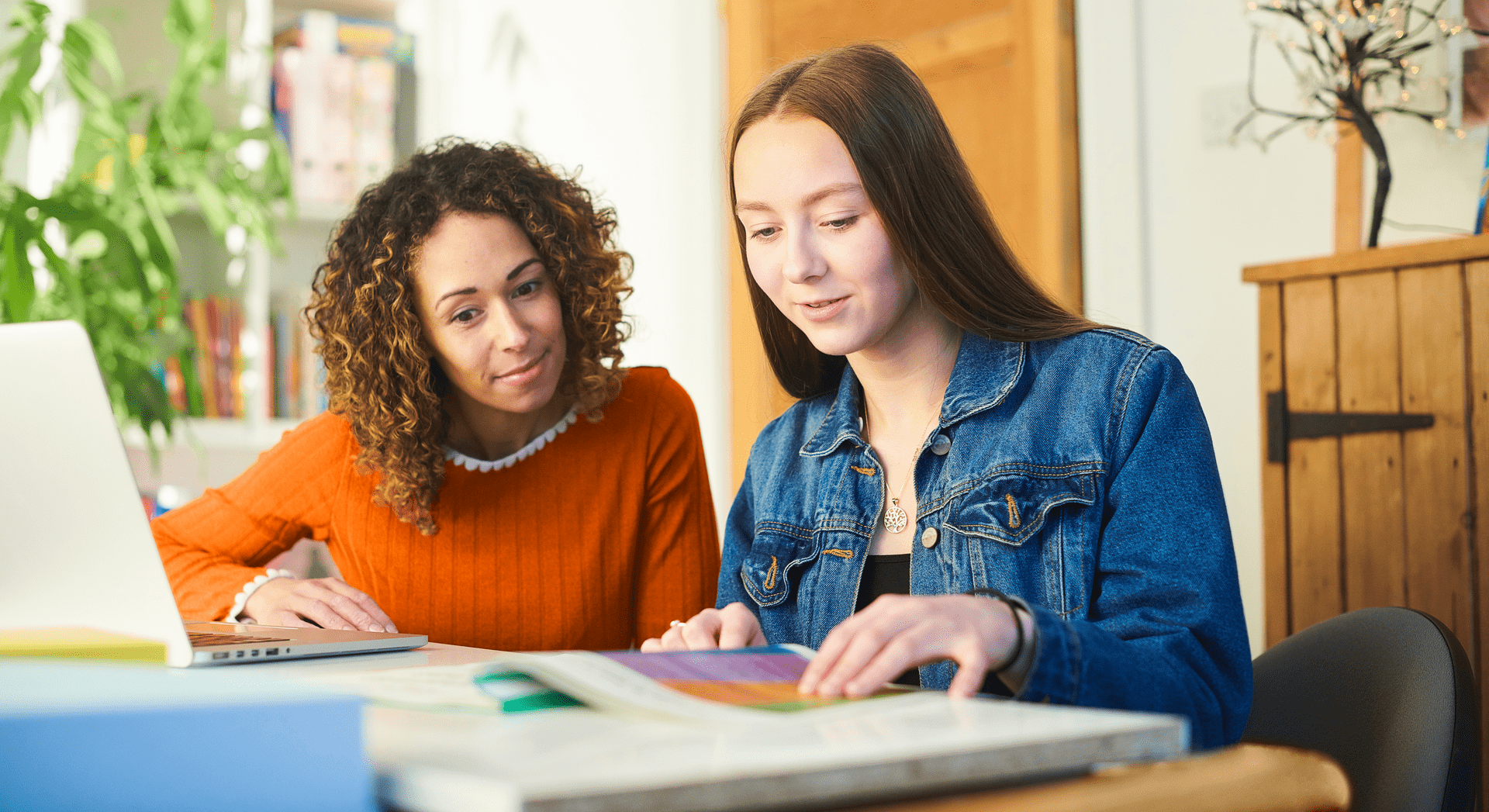A critical need for tutoring — our students’ learning loss is worse than we think.

After the release of The Nation’s Report Card in October 2022, many are left wondering if we can ever make up the learning gaps exacerbated by the pandemic. Are the dismal NAEP scores in reading and math—the lowest they’ve been in decades—a cause for hopelessness?
I don’t think so. It’s not too late to turn this large decline in student learning around. But to do so, we must act quickly and in a unified way. There are two actions we must take.
First, acknowledging a problem is the first step to change.
We need to be honest with each other. As a parent of a school-aged child, a teacher, a former district administrator, and now a leader in an education staffing company, I believe that if we want to make learning recovery a priority, we educators need to start by acknowledging the problem to parents: our children are in a deep hole of lost learning.
In spring 2021, during the heart of the pandemic, Kelly Education and EdWeek released a white paper summarizing findings of two surveys about the pandemic’s impact on kids’ learning—one from 2,084 parents of K-12 students and another from 1,066 educators and administrators. While the majority of parents believed their children missed out on learning some content and skills, a little more than half believed it would take six months or fewer for their students to get back on track. The majority of educators, on the other hand, believed that learning recovery would take at least a year, with one in five indicating it would take three or more years for students to recover.
Andrew Rotherman, co-founder and partner of Bellwether, which is a national non-profit organization that supports education innovation and improves education outcomes for low-income students, agrees with our findings from a year ago—parent sentiment still does not reflect the seriousness and scope of this learning crisis. He writes in The 74, “State leaders must communicate directly with parents about the data — what it means and what families should expect as a remedy ... This new round of NAEP data, with progress in some states rolled back to 1990s levels of performance, should end any hesitancy about leveling with parents about where things stand and what we collectively must do.”
Here lies part of the problem—parents and educators don’t seem to agree on the impact of the pandemic on students’ learning. And it’s not just the pandemic adversely affecting our kids’ education; it’s also years of socioeconomic disparities, lack of available resources, and extended breaks from school. Perhaps, as Rotherman states, it’s the Nation’s Report Card that will help parents and educators face the painful truth that our children are in dire, dire straits—we must be honest about this.
Second, we must acknowledge that getting students back on track will take more than traditional approaches to remediation.
There just aren’t enough hours in the day for teachers to stay after school and help every learner catch up to grade-level content. Using an insightful learning loss calculator designed by the Edunomics Lab at Georgetown University shows that even moderate-sized districts would need teachers working an average of 30 additional hours per week to help students reach relevant learning goals. Teachers are already overworked and underpaid, and yet, the expectation is that they should do more to provide extra and individualized support for students.
The High-Impact Tutoring Model.
More must be done during the school day to support hard-working teachers, shrink inequitable access to academic resources, and provide the just-in-time help students need. One solution to drive this needed change in education is integrating high-impact tutoring into the classroom as part of a broader academic support system that research shows positively influences student learning. As the director of Tutoring Solutions at Kelly Education, I believe that providing high-quality and well-trained tutors who care about students is a transformative solution that both caregivers and educators can get behind as they work to get their students back on the road to learning recovery.
academic resources, and provide the just-in-time help students need. One solution to drive this needed change in education is integrating high-impact tutoring into the classroom as part of a broader academic support system that research shows positively influences student learning. As the director of Tutoring Solutions at Kelly Education, I believe that providing high-quality and well-trained tutors who care about students is a transformative solution that both caregivers and educators can get behind as they work to get their students back on the road to learning recovery.
Reading through results of the 2022 NAEP testing has been challenging for parents and educators. We have an enormous task before us but one that I think we can chip away at if we all work together, starting by having a brutally honest conversation about the learning deficits our children are experiencing and then committing to transformative solutions for change. All stakeholders who are invested in the futures of our children—from policy makers to corporations, from administrators and teachers to parents and caregivers—should be soberly reflecting on the reality of the NAEP test scores and the impact lost learning will have on our children’s futures and the future of our world.
Let’s start talking. Contact me at stephanie.wall@kellyservices.com or linkedin.com/in/stephanie-wall-44030b181.
Stephanie Wall, Ed.D./SHRM-CP is the director of Tutoring Solutions at Kelly Education. Prior to joining Kelly Education, she served for 14 years as a bilingual classroom teacher, building administrator, district superintendent, and director of federal grant programs.

